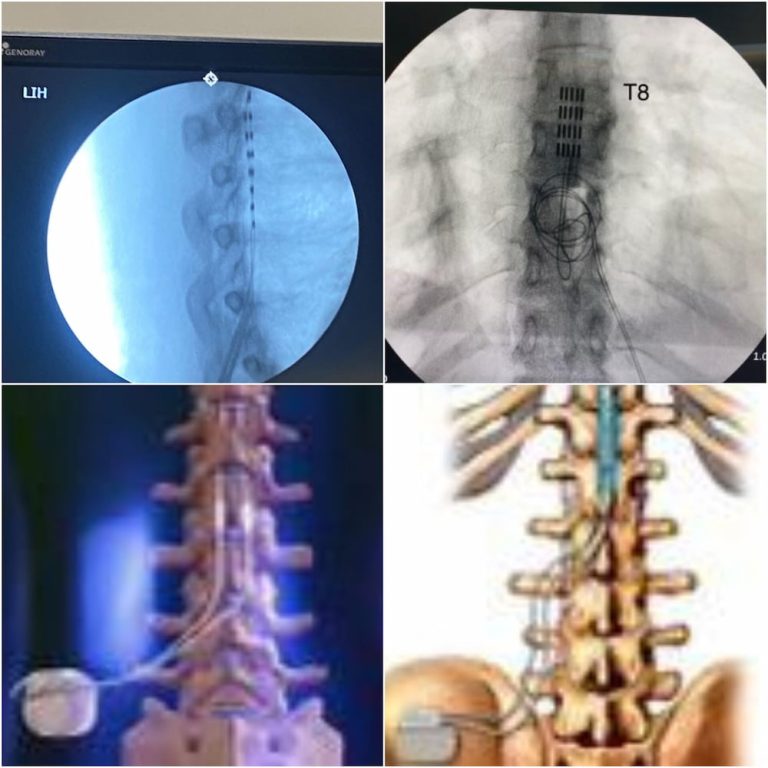Service
Spinal Cord Stimulator
OVERVIEW
A spinal cord stimulator (SCS) is an advanced medical device used to manage chronic pain, particularly in the back and limbs. It involves implanting a small device under the skin that sends electrical impulses to the spinal cord, which helps to block pain signals before they reach the brain. This treatment is typically considered when other pain management methods, such as medications and physical therapy, have not provided sufficient relief. Spinal cord stimulation can significantly improve the quality of life for individuals suffering from conditions like failed back surgery syndrome, complex regional pain syndrome, and neuropathic pain.

USE CASES
Spinal cord stimulators are primarily used for patients with chronic pain conditions that have not responded well to conservative treatments. This includes conditions like failed back surgery syndrome, where pain persists after one or more spinal surgeries. They are also effective for complex regional pain syndrome (CRPS), a condition characterized by severe, persistent pain typically in an arm or leg. Other use cases include peripheral neuropathic pain, which results from nerve damage, and certain types of lower back and leg pain. Patients with ischemic pain due to peripheral vascular disease may also benefit from SCS, as the electrical impulses can help improve blood flow and reduce pain.
Procedure
The procedure for implanting a spinal cord stimulator typically involves two stages: a trial period and the permanent implantation. During the trial period, temporary leads are inserted into the epidural space of the spine under local anesthesia, and an external stimulator is used to test the effectiveness of the therapy. This trial period usually lasts about a week. If the patient experiences significant pain relief, the permanent device is implanted. This involves placing the permanent leads in the same location and implanting the stimulator device under the skin, usually in the lower back or abdomen. The entire procedure is minimally invasive and usually performed on an outpatient basis. Patients can typically return home the same day and resume normal activities after a short recovery period.
Complications
While spinal cord stimulators are generally safe, there are potential risks and complications. These can include infection at the implant site, which may require antibiotics or surgical intervention. Some patients may experience pain or discomfort at the site where the device is implanted. There is also a risk of lead migration, where the leads move from their original position, potentially reducing the effectiveness of the stimulation. Technical issues with the device, such as battery failure or device malfunction, can occur and may necessitate additional procedures to correct. Allergic reactions to the device materials are rare but possible. It is important for patients to discuss these risks with their healthcare provider and to report any unusual symptoms or concerns promptly.
Benefits
Spinal cord stimulation offers several significant benefits for patients with chronic pain. The primary advantage is effective pain relief, which can greatly improve the quality of life and allow patients to engage in daily activities with less discomfort. Unlike narcotic medications, SCS provides pain relief without the risk of addiction or severe side effects. The ability to adjust the level of stimulation allows for personalized pain management tailored to the patient’s needs. Additionally, the procedure is reversible; if the patient no longer needs the device or experiences adverse effects, it can be removed. SCS also reduces the need for pain medications, which can have their own set of complications. Overall, spinal cord stimulators offer a promising solution for managing chronic pain that has been unresponsive to other treatments.